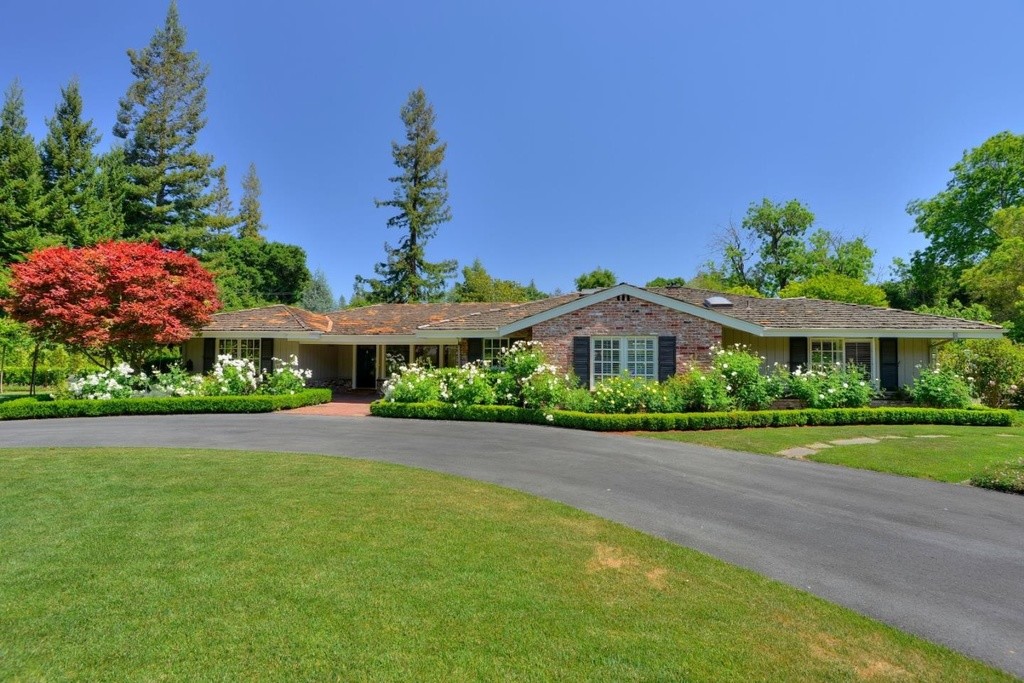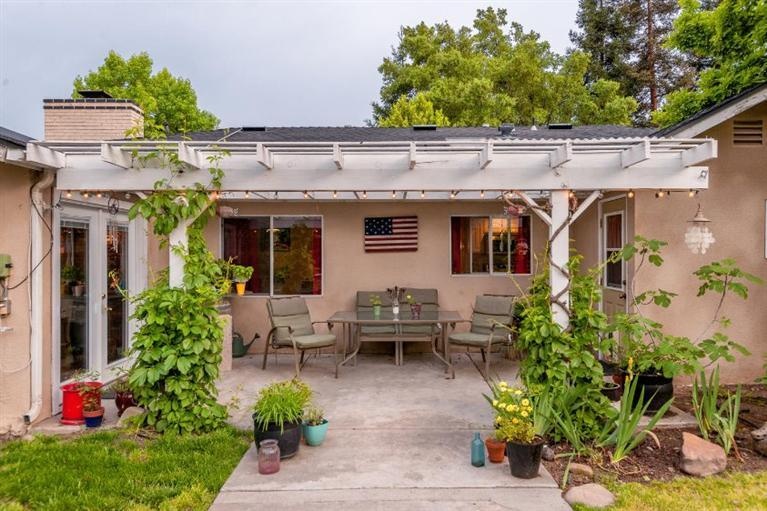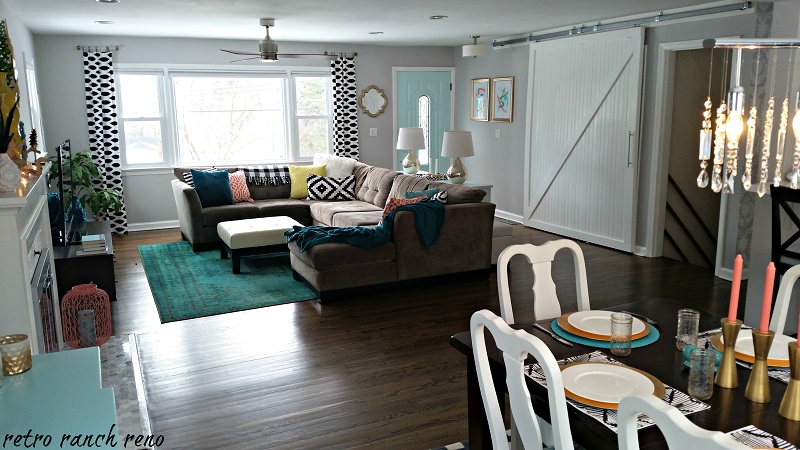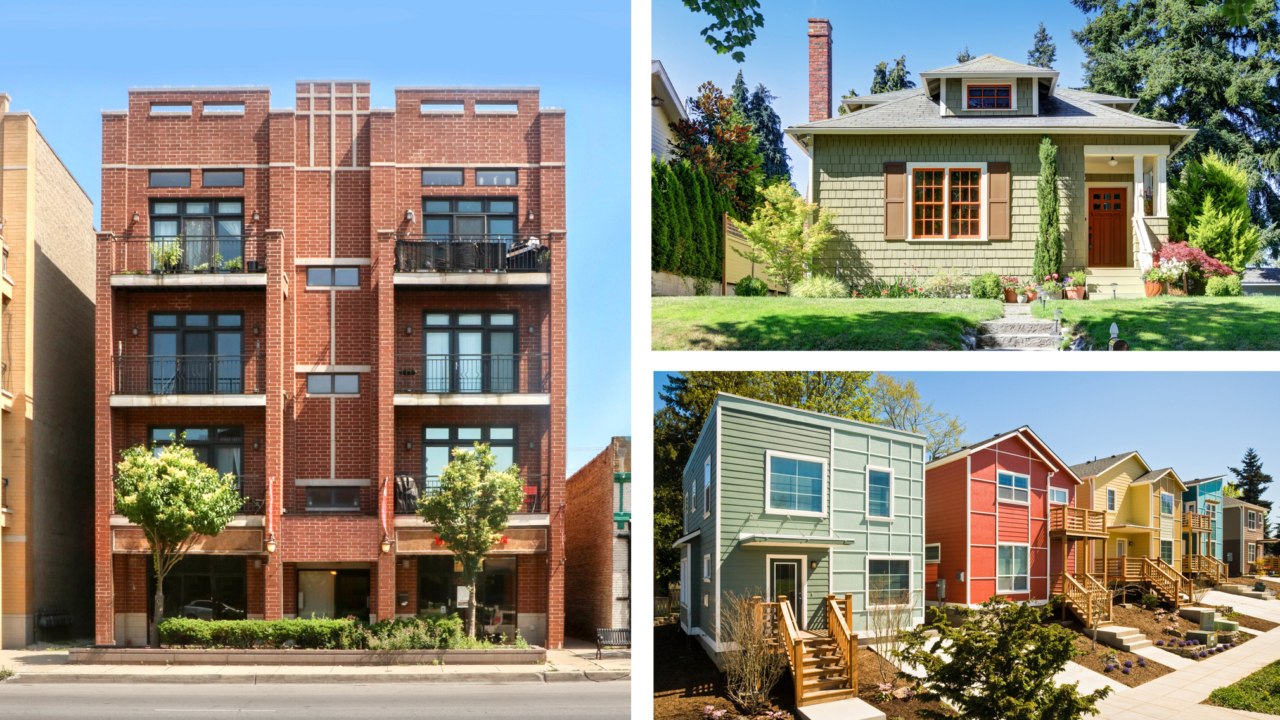Ranch Homes: Mid-Century Design Minus the Glory


Written by Zillow on May 5, 2015
The popularity of mid-century modern homes makes the lack of luster surrounding their cousins from the same era — long, low, exceedingly popular but sometimes bland ranch-style homes — all the more obvious.
Built from 1935 to 1975 in such numbers that many people grew up in them or have parents who did, ranch homes are enjoying a mini-revival among people who appreciate the ease of single-story living and, in many cases, the lower mortgage payments.
Suburbia rising
The ranch style originated in Southern California in the mid-1930s, according to "A Field Guide to American Houses" by Virginia Savage McAlester. It was by far the most popular home design through the 1950s and '60s, as people relocated from urban areas to large subdivisions.
The rise of ranch tracts accompanied the rise of the automobile and sprawl of all sorts, including the expansion of Sunbelt cities from Atlanta to Dallas to Phoenix and Los Angeles. Ranch homes were popular in the north, too, but northern suburbs had more split-level and two-story homes, possibly because of higher land prices and the lower cost of heat in compact housing, McAlester wrote.
Guidelines from the Federal Housing Administration played a major role in the construction of homes beginning in the 1930s, and shaped the design and popularity of ranch homes in particular. The size of the homes grew as builders lobbied for higher loan limits, according to McAlester.
Ramble on
The rambling form of ranch homes is an expression of how decadent Americans were becoming with land. Flush with economic success and no longer confined to streetcar commutes, people favored large houses and lots.
The style is loosely based on early Spanish Colonial designs from the Southwest, including "larger pitched-roof homes that featured private courtyards and covered inward-facing porches," McAlester wrote.

Magazines had long spread the word about new home styles, sometimes selling designs and kits for people to build their own, and Sunset Magazine was responsible for introducing ranch homes to a wider audience. House Beautiful and House and Garden amplified the message.
Popular as they were, ranch homes were never a favorite among architects, who leaned toward more modern styles. But like mid-century modern homes, ranches favored large living spaces and a modern ethos of casual living, including back patios with sliding-glass or double French doors.
Other hallmarks of the ranch style include concrete-slab foundations, picture windows and the use of different exterior materials below the windows.
Niche revivalists
Ranch homes fell out of favor in the 1980s as land prices rose and two-story homes came back into fashion. However, unlike mid-century modern and craftsman designs, they have not experienced a meaningful comeback.
But there are pockets of ranch lovers, and they are ardent.
"When we started out, my husband and I were convinced we were going to get a Colonial," says Gabbi Zaccheria of Whippany, NJ.
They ended up in a ranch that was closer to her husband's job in New York City than the Colonials they could afford, and still cost less, even after substantial renovations. What's more, they prefer it.
"Neither of us would ever look back. We love having everything on one floor. It's a perfect home," says Zaccheria, who pays homage to the home on her RetroRanchRenovation blog.
The renovation mostly involved taking down walls, making the home even more accessible and open — and avoiding the typical Colonial problem of having separate formal living, den and dining spaces.

Kate Battle of Milwaukee is similarly enamored of her 1962 ranch home. She started a blog about it, too, which turned into a job with the website RetroRenovation.com, a celebration of all things mid-century, from Roman bricks to hudee rings (those metal rims that used to ring sinks).
"People have the idea they want a two-story house with a white picket fence, but once they get into a ranch home, they realize how awesome they are," Battle says. "I grew up in a ranch, and my husband grew up in a ranch, so it feels like home to us."
Tags
How much home can you afford?
At Zillow Home Loans, we can pre-qualify you in as little as 5 minutes, with no impact to your credit score.
Zillow Home Loans, NMLS # 10287. Equal Housing Lender
Get pre-qualifiedA great agent makes all the difference
A local agent has the inside scoop on your market and can guide you through the buying process from start to finish.
Learn more


